
Clinical
Radiofrequency and Non-RF Microneedling Safety: What Patients Should Know
With Molly Muecke, RN, MSN, NP-CMicroneedling is a popular aesthetic treatment offered in 79% of med spas (2024 Medical Spa ...
Posted By Madilyn Moeller, Tuesday, November 19, 2024

By Madilyn Moeller
With the rising popularity of cosmetic treatments such as Botox and dermal fillers, patients new to aesthetics often wonder: How safe are these treatments? While news stories about adverse reactions and complications can spark fear and uncertainty, it's important to remember that when these procedures are performed by licensed, trained medical professionals, the risk of complications is low. FDA-approved medical spa treatments are generally safe and effective and are backed by years of clinical research. Still, with so many options available, understanding the safety profiles of the most popular treatments can help you make informed decisions about your aesthetic care.
In this article, experienced practitioners break down the measures med spas take to ensure patient safety with the top med spa treatments identified by AmSpa’s 2024 Medical Spa State of the Industry Report.
Navigate to Individual Treatments
Meet the Aesthetic Practitioners

91% of medical spas offer neurotoxin injections.
Neurotoxin – or neuromodulator – injections rely on the power of botulinum toxin to block the release of acetylcholine to the injected muscle, which prevents the muscle from contracting and smooths those dynamic wrinkles. Derived from Clostridium botulinum, the same bacteria that can lead to botulism, these purified products have safely been used for cosmetic purposes since 2002.
FDA-approved neurotoxin products for cosmetic use include Botox Cosmetic, Dysport, Xeomin, Jeuveau and Daxxify. Each of these is injected by skilled, trained, licensed aesthetic practitioners, most commonly in the forehead, “11 lines” between the eyebrows, and crow’s feet. Results can last around three to four months, depending on the product used.
"Neurotoxin injections/treatments have a high safety profile and yield few adverse events, most commonly bruising and swelling at the injection site," say Alexa Nicholls Costa, NP, and Alexandra Rogers, NP, of LexRx. "Serious complications are rare. The injector should be a licensed provider with comprehensive training in the field. Like with any medical procedure, there are potential risks/complications with neurotoxin injections, including but not limited to temporary muscle weakness, poor aesthetic outcome, allergic reaction. Knowing the client’s medical history and understanding the contraindications to treatment, in addition to proper training and technique will mitigate these potential poor outcomes."
Neurotoxin injections are not recommended if you are pregnant or breastfeeding or if you have neuromuscular disease.
Neurotoxin’s effects are irreversible, but temporary. One of the potential complications of neurotoxin injections is drooping of the eyelids, called ptosis. This will resolve in a few weeks to a few months as the neurotoxin wears off.
Recent cases of botulism-like illness have been linked to counterfeit product. Ask to see the label to make sure you are being injected with FDA-approved product.
For more safety FAQs about neuromodulators, read this injectables safety Q&A with LexRx.
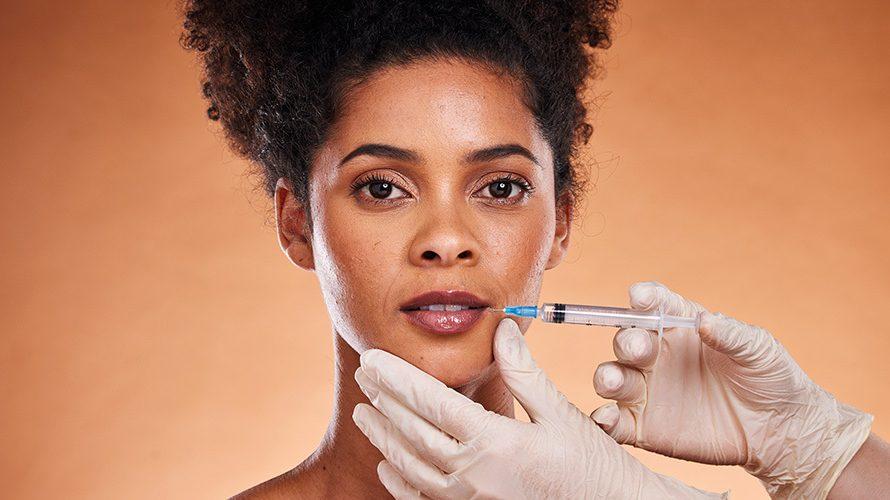
90% of medical spas offer HA dermal fillers.
Hyaluronic acid (HA) dermal fillers are injected in the lips, cheeks, tear trough, nasolabial folds, back of the hands, and more. The hyaluronic acid in these dermal fillers attracts water to add volume and improve the look of fine lines, wrinkles and facial folds. FDA-approved hyaluronic acid filler products include Juvéderm, Restylane, Belotero, Revanesse and the RHA collection. Thinner facial fillers are estimated to last six to 12 months.
"Like any medical treatment, there are risks with injectables," say Costa and Rogers. "Adverse events are common with HA filler and can range from mild to severe, although most of the adverse events related to these procedures are mild and transient. Most commonly, clients will experience some redness at the injection site, mild bruising and/or swelling. The more severe adverse reactions which are rarer include vessel occlusion/necrosis, even vision loss and stroke. Hyaluronic acid-based dermal filler is reversible with Hyaluronidase (an enzyme that breaks down hyaluronic acid). It is crucial that the injector has hyaluronidase on site at the practice location and practices with anatomy and safety at the forefront. It is also important to know the client’s full medical history, including lifestyle, allergies, medical conditions, and knowing the contraindications to treatment in order to determine candidacy."
Licensed, trained practitioners use FDA-approved products. Once you have verified these essential safety basics, look for testimonials and before-and-after images to learn whether the practice could be a good fit for your aesthetic goals.
For more safety FAQs about HA dermal fillers, read this injectables safety Q&A with LexRx.

54% of medical spas offer Sculptra injections.
Sculptra is a type of dermal filler made up of poly-L-lactic acid (PLLA). This gel-like filler stimulates collagen production in the treated area, helping to reduce the look of deep wrinkles in the cheeks, chin, smile lines and more. Unlike fast-acting neuromodulators, the increase in collagen after biostimulator injections takes several weeks to reach full effect. Once results arrive, the effects are long-term, although repeat injections every few years can help to maintain these results.
“In experienced hands and with appropriate informed consent, I think it’s a very safe and reliable product,” says Landon Pryor, MD, FACS, “but performing this procedure definitely has to be considered similar to using a permanent filler or even performing an aesthetic surgery because the effects are long-term and irreversible.”
While Sculptra breaks down naturally over time, its effects cannot be reversed. Medical spa practitioners keep this in mind when identifying whether you are an appropriate candidate for treatment.
For more safety FAQs about Sculptra, read this Sculptra safety Q&A with Dr. Landon Pryor.
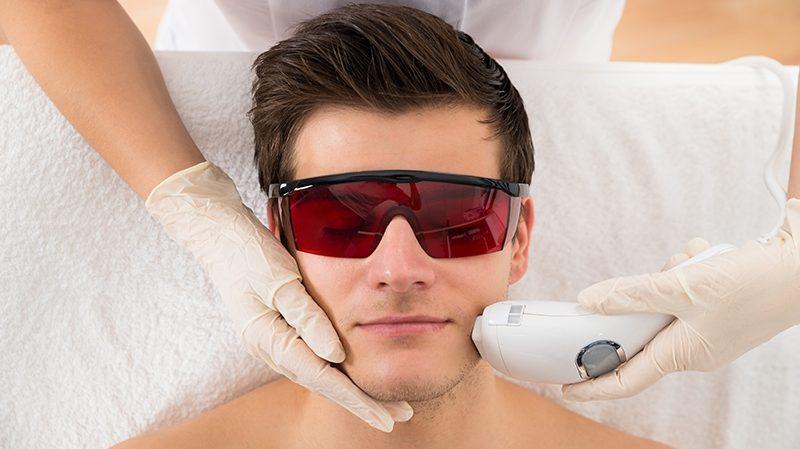
57% of medical spas offer non-ablative resurfacing.
Non-ablative energy devices are used to tighten and rejuvenate the skin. These laser devices generate heat to promote collagen production and can help with the appearance of age spots, scars, sun-damaged skin and wrinkles. Practitioners use temperature control settings and skin cooling techniques to keep the patient comfortable during treatment.
“Non-ablative resurfacing is considered very safe when performed by trained and experienced providers,” says Taylor Siemens, NP-C, of Vitalyc Medspa. “This type of laser treatment targets deeper layers of the skin without damaging the surface, reducing the risk of infection and other complications typically associated with ablative procedures. However, as with any medical treatment, there are inherent risks such as darkening of skin (hyperpigmentation), lightening of skin (hypopigmentation) or mild irritation. The overall safety profile is enhanced by proper patient selection, adherence to treatment protocols, and the use of advanced laser technology with built-in safety mechanisms.”
Practitioners need specialized training to safely perform skin resurfacing treatments with non-ablative lasers. Ask about their credentials, training and experience treating patients with your skin tone. Follow your practitioner’s pre-treatment recommendations and post-care instructions for the best results.
For more safety FAQs about non-ablative resurfacing, read this non-ablative resurfacing safety Q&A with Taylor Siemens, NP-C.
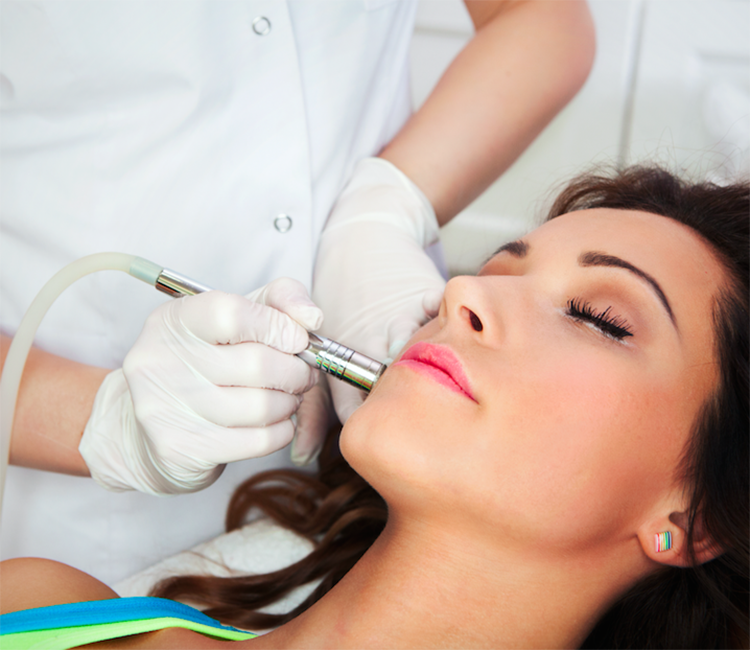
55% of medical spas offer RF microneedling; 79% of medical spas offer non-RF microneedling.
Microneedling is a treatment performed with a handheld device that pierces the skin with tiny needles to encourage the skin to heal itself and produce more collagen. Radiofrequency (RF) microneedling, which is sometimes called collagen induction therapy, uses the same process of controlled injury while also delivering radiofrequency energy to deep tissue layers. By heating up the tissues, this has a stronger collagen-stimulating effect to improve skin texture and address scars, wrinkles, hyperpigmentation and more.
“Any treatment that permeates the tissue beyond the stratum corneum is addressing living tissue,” says Molly Muecke, RN, MSN, NP-C, of Astra Aesthetics. “At this depth comes the ability to create incredible results, but also opens the door to significant harm if treatments are performed incorrectly. Both RF and non-RF microneedling procedures are very safe when performed by skilled, trained providers.”
Sun protection is important following microneedling treatment. Follow the directions of your provider for optimal healing outcomes.
For more safety FAQs about RF and non-RF Microneedling, stay tuned for a Q&A with Molly Muecke, NP-C.
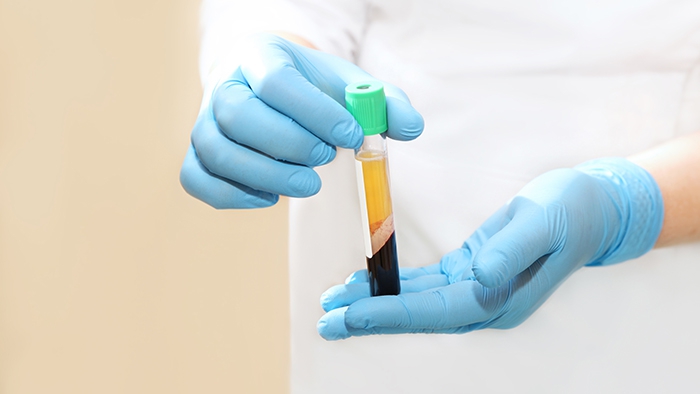
77% of medical spas offer PRP/PRF.
Platelet-rich plasma (PRP) and platelet-rich fibrin (PRF) are products from the patient’s blood, which are then injected into the treatment area for skin and hair rejuvenation. A few tubes of the patient’s blood are drawn and spun in a centrifuge to mix or separate the blood components as needed. For PRP, med spa providers set the centrifuge to spin the vials at high speeds, separating the blood components. Platelets are collected and concentrated, then mixed with a blood plasma liquid base and injected. The platelets in PRP release growth factors that stimulate your body’s healing process to encourage rejuvenation. To generate PRF, the centrifuge spins at a lower speed to keep the blood plasma, white blood cells, platelets and stem cells together. The mixture is injected directly into the treatment area, helping to boost collagen production.
“Both of these are very safe in that they are minimally reactive within the body,” says Dr. Anil Rajani of RajaniMD. “PRP typically has additives like heparin or sodium citrate. There can also be a separator plug within the tube. Therefore, PRF is the safer option.”
These treatments make use of the patient’s own stem cells to rejuvenate the skin and promote healing. Patients who are anemic, have low platelet counts (thrombocytopenia), are on blood thinners, have hemodynamic instability, have an active infection, have chronic liver disease, are immunocompromised or have a blood or bleeding disorder are not suited to PRP therapy. Trained medical providers can identify appropriate candidates for this treatment.
For more safety FAQs about PRP/PRF, stay tuned for a Q&A with Dr. Anil Rajani.
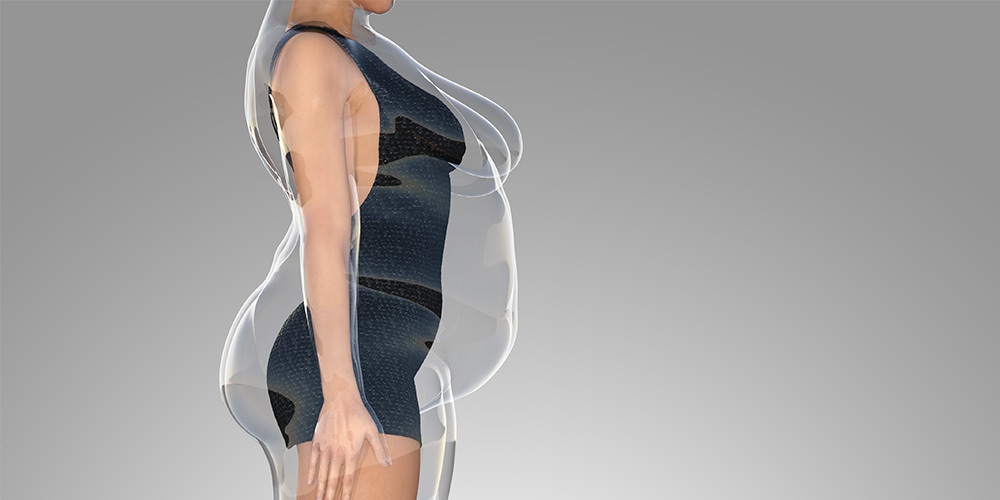
50% of medical spas offer medical weight loss.
Led by semaglutide and tirzepatide, medical weight loss products have skyrocketed in popularity, creating a demand that continues to test supply availability. These are glucagon-like peptide-1 (GLP-1) receptor agonists, which increase the release of insulin, delay gastric emptying and reduce appetite. Dosages are commonly administered via injection pens.
“The safety of medical weight loss treatments relies heavily on the safety measures taken by the prescribing provider and the clinical staff that follow the patient,” says Vrinkley Pruna, NP, of Shape & Skin Medical Spa & Weight Loss. “‘Medical weight loss’ implies the practice of medicine and it should be treated as such — all treatments should have clearly written standardized procedures and must follow the legal requirements for prescribing weight loss treatments and dispensing medications.”
Responsible practitioners closely monitor patients throughout the medical weight loss program. Body composition analysis, assessments, regular in-person follow-up visits and lifestyle resources show that a med spa prioritizes patient safety.
For more safety FAQs about Medical Weight Loss, read this medical weight loss safety Q&A with Vrinkley Pruna, NP. Medical spa professionals can visit AmSpa's semaglutide resource page to learn more about incorporating medical weight loss treatments in their aesthetic practice.

39% of medical spas offer IV therapy.
IV nutrient therapy, or IV therapy, involves administering IV bags containing vitamins, electrolytes, and blends of nutrients to help with various health goals. Treatments can be tailored to target hangover and migraine relief, exercise recovery, enhancing immunity, boosting energy and mental clarity, and more.
“IV therapy has a strong safety record and a long history in medicine, with formulations like ‘banana bags’ used for dehydration or hangover relief and the Myers’ Cocktail, which was developed to support chronic conditions like asthma and fatigue,” says Dr. Josie L. Tenore, of Trevi Longevity and Aesthetics. “Nowadays, medical spas and infusion centers offer IV therapies designed to boost immunity, increase energy, aid recovery and more. To ensure safety, reputable facilities employ trained healthcare professionals who monitor patients before, during and after treatment. It’s important to select centers with qualified staff on site, such as nurse practitioners or doctors, for the highest standards of care.”
An initial screening and good-faith exam by a nurse practitioner, physician assistant or medical doctor begins the process of safely prescribing treatment with the patient’s medical history, current medications and overall health in mind. Med spa staff members will check the patient’s vitals, watch for side effects and have professionals on hand to respond to any unexpected reactions.
For more safety FAQs about IV therapy, read this IV therapy safety Q&A with Dr. Josie L. Tenore.
Disclaimer: The information and answers contained in this section provide a general guide to services that are offered by “medical spas.” The information contained on this site is for general reference only. The information in the section is intended to be accurate at the time of publication; however, because the laws affecting medical spas change frequently, the accuracy of this section cannot be guaranteed. This information is not intended to provide medical or legal advice, and it should not be relied upon as medical or legal advice. This information is not intended to create, and receipt of it does not constitute, a practitioner-patient or attorney-client relationship. Readers: You should not act upon this information without seeking a knowledgeable health care provider or legal counsel that takes your individual medical history and jurisdiction into account. All uses of the content of this site, other than personal uses, are prohibited.
Related Tags
Medical spa news, blogs and updates sent directly to your inbox.

Clinical
With Molly Muecke, RN, MSN, NP-CMicroneedling is a popular aesthetic treatment offered in 79% of med spas (2024 Medical Spa ...
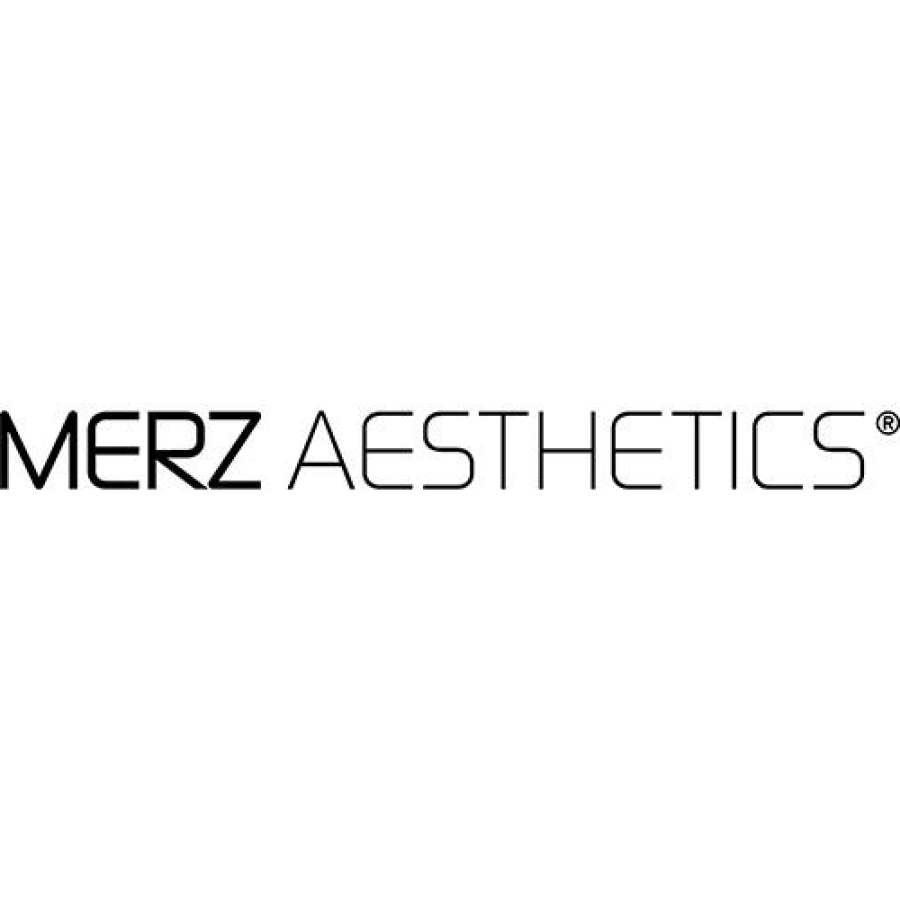
Clinical
On November 5, 2025, Merz Aesthetics announced that Ultherapy PRIME® gained U.S. Food and Drug Administration (FDA) clearance to improve ...

Clinical
By Belmar Pharma SolutionsWhen it comes to menopause, a once-taboo topic, the tide has finally changed. Women now have access ...
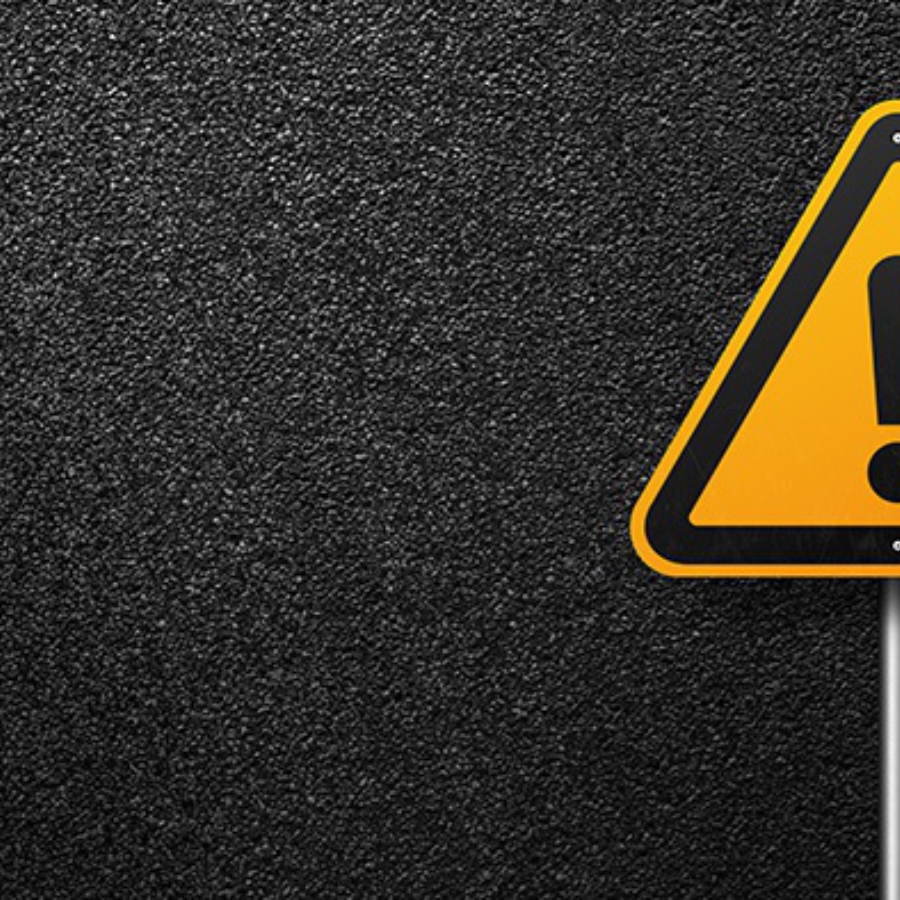
Clinical
The FDA’s recent safety communication regarding radiofrequency (RF) microneedling devices is a critical reminder: Aesthetic treatments involving energy-based devices are ...